Search Images
Browse Content (p. 1285)
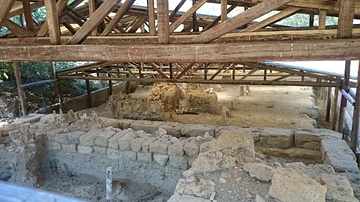
Image
Ancient bridge of Amphipolis
Remains of the ancient bridge of Amphipolis
Construction: Initial: 6th Century BCE
Location: Strymon River, Amphipolis, northern Greece
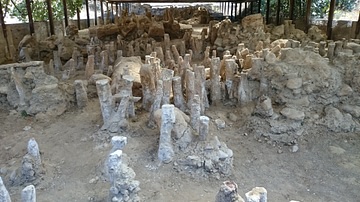
Image
Bridge, Amphipolis
Remains of the ancient bridge of Amphipolis
Construction: Initial: 6th Century BCE
Location: Strymon River, Amphipolis, northern Greece
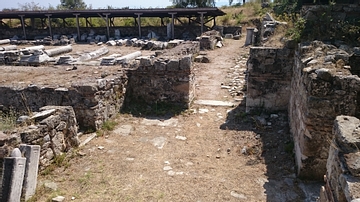
Image
Street, Amphipolis
The remains of a street at the ancient north Greek city of Amphipolis, northern Greece.
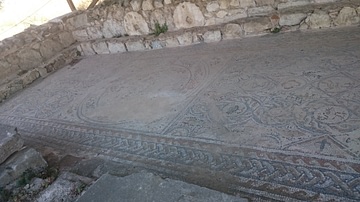
Image
Mosaic, Amphipolis
The remains of a floor mosaic at the ancient north Greek city of Amphipolis, northern Greece.
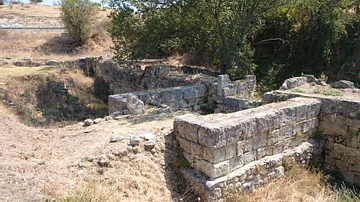
Image
Fortifications of Amphipolis
Remains of the 5th century BCE fortifications at Amphipolis, northern Greece.
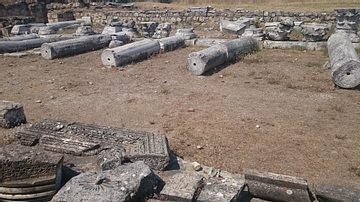
Image
Columns, Amphipolis
The remains of the ancient northern Greek city of Amphipolis.
Location: Amphipolis, Macedonia, Greece

Image
Remains of Amphipolis
The remains of the ancient northern Greek city of Amphipolis.
Location: Amphipolis, Macedonia, Greece
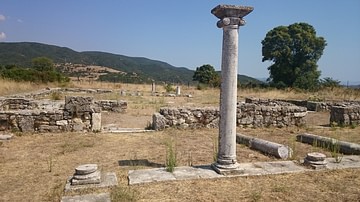
Image
Ionic Column, Amphipolis
The remains of the ancient northern Greek city of Amphipolis.
Location: Amphipolis, Macedonia, Greece
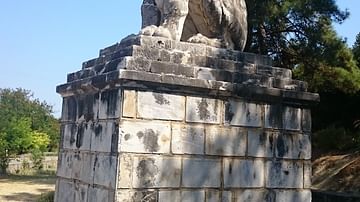
Image
Lion of Amphipolis
The Lion of Amphipolis, the monument to Laomedon of Mytilene, one of Alexander the Great's generals.
Erected: Late 4th century BCE
Location: Amphipolis, Macedonia, Greece

Image
Parthenon - Acropolis, Athens
The iconic Temple of Athena Virgin, the Parthenon.
Construction: 447-432 BCE
Location: Acropolis, Athens, Greece